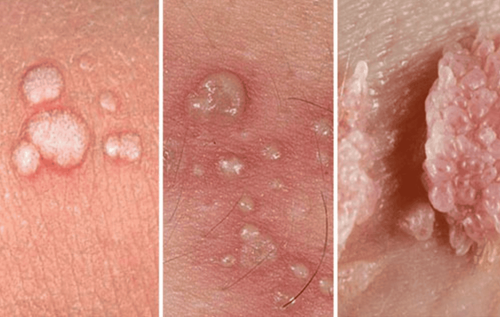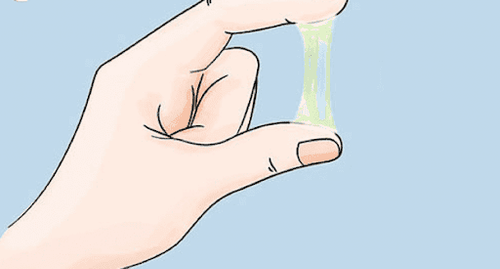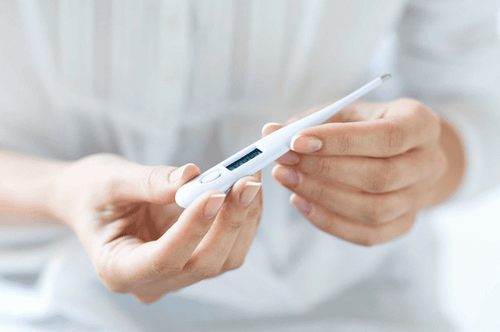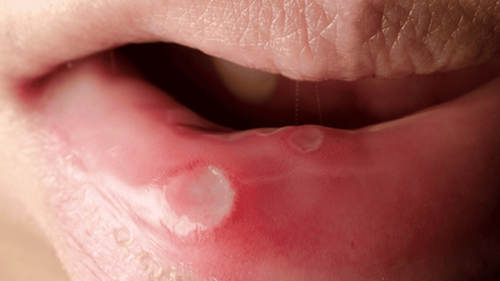The article is professionally consulted by Dr. Phạm Thị Tuyết Mai - Obstetrician and Gynecologist - Department of Obstetrics and Gynecology - Vinmec Hai Phong International General Hospital.
Genital warts are a very dangerous social disease that tends to concentrate mostly in the genital area, negatively affecting the daily life and family happiness of many people. Here are the things you need to know about genital warts.
1. What are genital warts?
Genital warts are caused by the human papillomavirus (HPV), a sexually transmitted infection that affects both men and women. The lesions appear as soft, fleshy growths on the genital area. The disease is most common in young adults between the ages of 20 and 25, a period when sexual activity is at its peak. Notably, genital warts can develop into malignant tumors, especially if caused by HPV types 16 and 18, which increase the risk of cervical cancer and penile cancer.
Therefore, if you experience symptoms of genital warts, it is crucial to understand the various locations where these growths can appear on the body for timely detection and treatment.
2. Causes of Genital Warts
The primary cause of genital warts is unsafe sexual contact in any form (including oral sex, anal sex, or genital contact).
The HPV virus can rapidly invade and attack other parts of the body through these routes. Therefore, unprotected sex (not using condoms, engaging in promiscuous sex with multiple partners) significantly increases the risk of contracting the disease.
Additionally, genital warts can also be transmitted to individuals with weakened immune systems or scratched skin mucosa when they come into direct contact with personal items contaminated with the virus, such as shared underwear, clothing, bedding, toothbrushes, towels, or even shared toilet seats or open wounds, which significantly increases the risk of infection.
3. Signs of Genital Warts in Men and Women
Genital warts can affect both men and women. Typically, the HPV virus has an incubation period of 2-9 months before manifesting as lesions on the skin or mucous membranes.
Initially, they are small, soft, painless, and non-itchy flesh-colored bumps. These bumps can grow into a spiky shape or appear as small, flat, round, pink discs with a rough surface and a diameter of about 1-2mm.
Over time, these warts can multiply and coalesce into larger, cauliflower-like growths, reaching several centimeters in length. The warts are soft, friable, and moist, and pressing on them may cause pain and discharge.
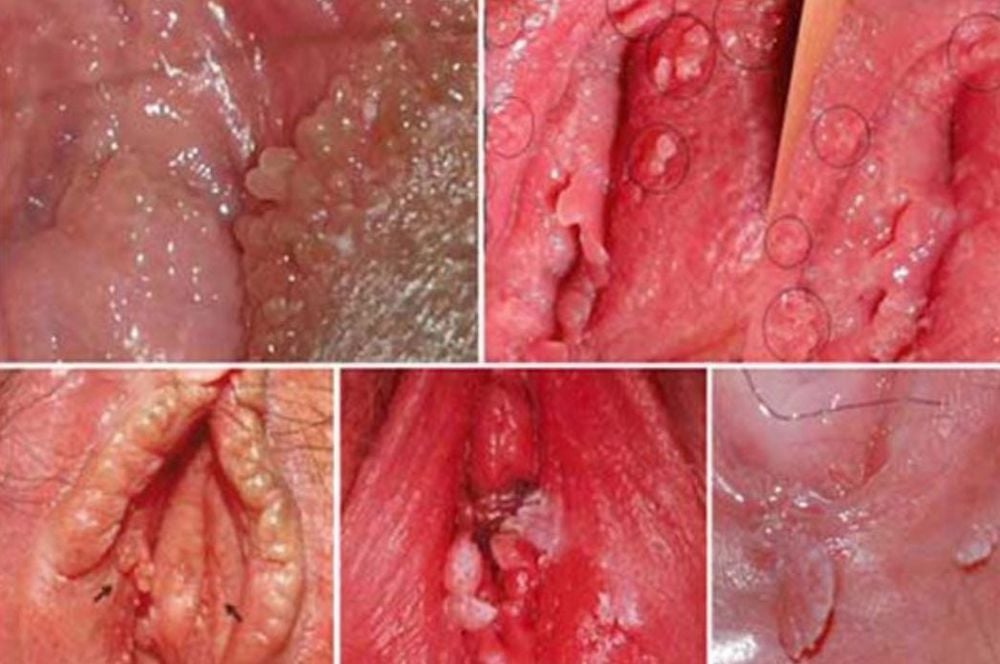
4. Common Locations of Genital Warts
Genital warts will first appear in areas with friction and moisture. They will then gradually spread to other locations. The specific manifestations of genital warts in men and women are as follows:
In men, genital warts commonly appear on the frenulum, glans, foreskin, and shaft of the penis.
In women, genital warts primarily occur on the labia majora, labia minora, vagina, vulva, and can even spread to the cervix, hymen, or deeper tissues.
Particularly, genital warts in the genital area often recur because the lesions in hard-to-reach areas such as the cervix and vagina in women, the urethra in men, and the anal canal are not completely cleared, or due to reinfection.
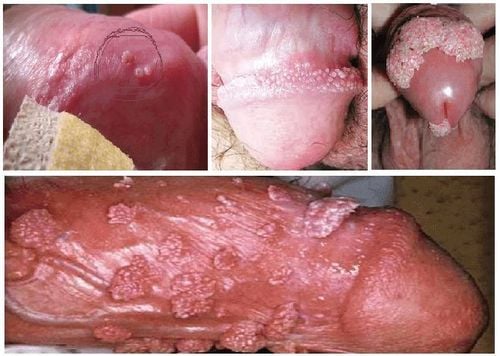
5. Harmful Effects of Genital Warts
Genital warts occur in sensitive genital areas, so many people with the disease often do not want others to know. However, this is a very wrong and dangerous mindset because if left untreated, genital warts can cause extremely serious harm.
- Genital warts grow rapidly and spread widely, potentially covering the entire genital area.
- When ulcerated, genital warts can lead to inflammatory lesions in the genital area, causing pain, discomfort, and affecting health, psychology, quality of life, sexual life, and reproductive health, increasing the risk of infertility.
- The disease can progress to cancer if the patient is infected with HPV types 16 or 18: untreated genital warts in men can lead to penile cancer; in women, genital warts increase the risk of vaginal, vulvar, and cervical cancer.
- For pregnant women, if infected with genital warts, there is a risk of miscarriage, premature birth, or the baby being infected from the mother at birth.
Although genital warts are benign and not as dangerous as syphilis or HIV, they can become very dangerous if not treated promptly. Therefore, when suffering from genital warts, patients should not be subjective or self-medicate. You should visit specialized medical facilities for examination, consultation, and appropriate treatment methods to avoid unpredictable complications.
6. Treatment of Genital Warts in Various Locations
Currently, there is no specific medication to cure genital warts, so patients may carry the virus for life with or without symptoms.
The following treatment methods mainly aim to destroy lesions and reduce symptoms but do not eliminate HPV.
Patients with genital warts, in all cases, should seek treatment at the district level or above, and healthcare providers should identify and treat their sexual partners.
6.1. Genital warts on the external genitalia and anus
- Use a small stick or cotton swab to carefully apply a small amount of 80%-90% trichloroacetic acid solution once a day to the warts until they turn white.
- Apply 10%-25% Podophyllin solution once a day or 2-3 times a week to the warts in the same manner until the warts turn brown. Let it dry and wash off the medication after 1-3 hours (leaving it on too long can cause skin ulcers).
- For extensive lesions or warts in multiple locations, treatment options include cryotherapy with liquid nitrogen, electrocautery, laser treatment, or surgical excision or curettage.
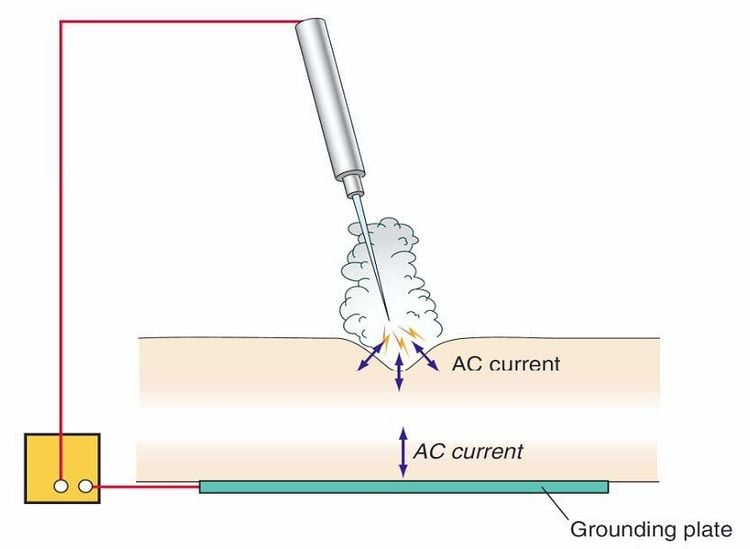
6.2. Genital warts in the vagina
- Cryotherapy with liquid nitrogen, electrocautery, laser
- 10%-25% podophyllin solution once a day or 2-3 times a week
- Surgical excision.
Note: When applying podophyllin to vaginal warts, allow the medication to dry before removing the speculum. Apply petroleum jelly or antibiotic ointment to the healthy mucosal area around the lesion to prevent the medication from spreading to unaffected areas.
6.3. Genital warts on the cervix
- Cryotherapy with liquid nitrogen
- Electrocautery, laser
6.4. Genital warts on the penis
- Excision, curettage
- Cryotherapy, thermal cautery
- Application of 80%-90% trichloroacetic acid
- Electrocautery, laser
6.5. Genital warts around the anus
- Electrocautery, laser, or
- Cryotherapy, thermal cautery, or
- Surgical excision
- Apply 10%-25% podophyllin solution 1-2 times a week to the warts. Apply petroleum jelly or antibiotic ointment to the healthy mucosal area around the lesion to prevent the medication from spreading to unaffected areas.
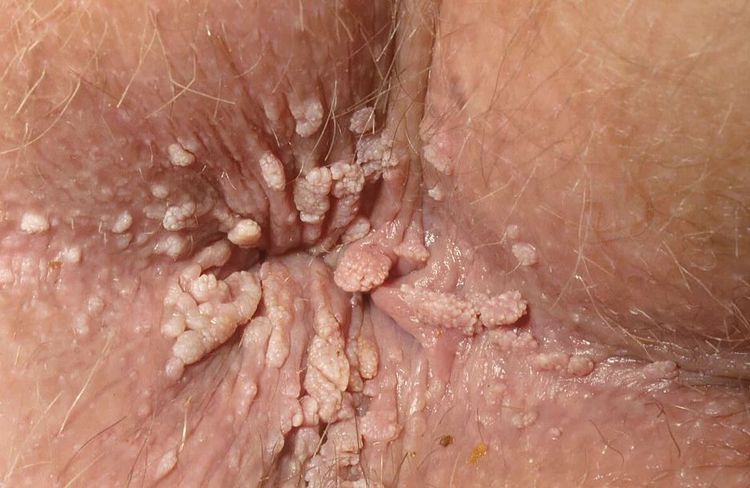
6.6. Genital warts in pregnant women
- Surgical excision
- Cryotherapy with liquid nitrogen
- CO2 laser cautery
Note:
Trichloroacetic acid can be used for pregnant women, but it should not be applied to the cervix, urethral opening, or inside the anus.
Podophyllotoxin is usually only used for small lesions on the vulva. Do not use podophyllin for pregnant or breastfeeding women. Do not apply the medication inside the vagina, urethral opening, cervix, mouth, or inside the anus. Reapply to the affected area after one week if the lesion has not healed. For genital warts in men, the use and application of podophyllotoxin are the same, but it should not be used to treat genital warts inside the foreskin.
Please dial HOTLINE for more information or register for an appointment HERE. Download MyVinmec app to make appointments faster and to manage your bookings easily.






